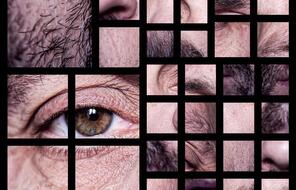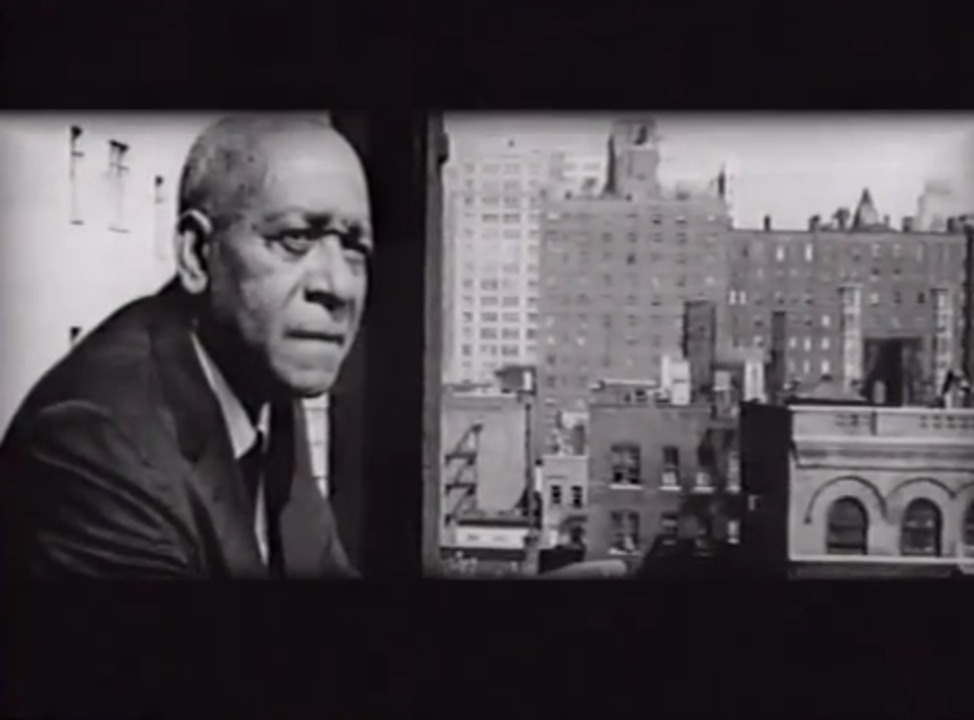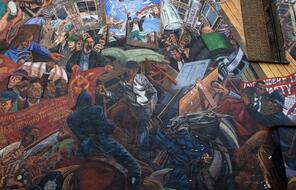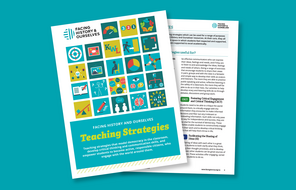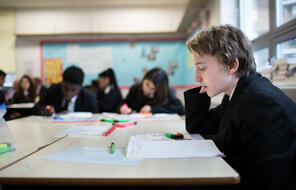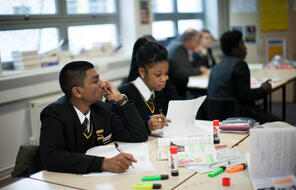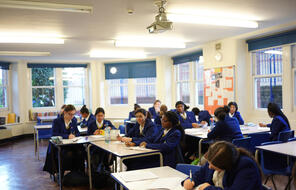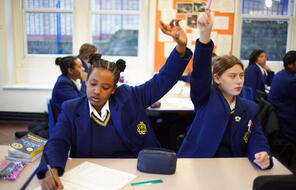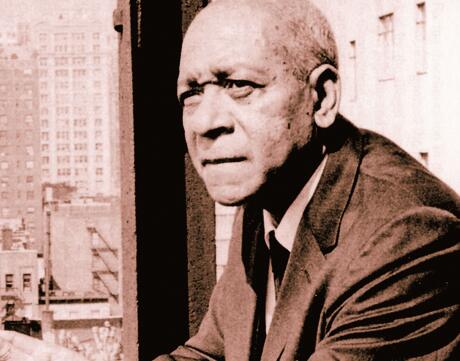
Why Little Things Are Big
Overview
About This Lesson
In the previous lesson, students established the relationship between stereotyping, prejudice, and discrimination and then examined how we often buy into the “single stories” and stereotypes that we hear and read about individuals, groups, and places. In this lesson, students will learn how these “single stories” and stereotypes can lead us to make assumptions about others, which, in turn, can impact our understanding of the choices available to us and the choices that we ultimately make.
After reflecting on the power of being labelled, students will analyse Jesús Colón’s essay about a time when the aspects of his identity that he valued came into conflict with his decisions and actions. Finally, they will use Colón’s story to reflect on their own experiences feeling labelled and misjudged, as well as moments when they may have misjudged other people or groups, to examine complicated questions about their own identities and how they feel they are perceived by others.
Preparing to Teach
A Note to Teachers
Before teaching this lesson, please review the following information to help guide your preparation process.
Lesson Plans
Activities
Materials and Downloads
Why Little Things Are Big
Transcending Single Stories
The Challenge of Confirmation Bias
Unlimited Access to Learning. More Added Every Month.
Facing History & Ourselves is designed for educators who want to help students explore identity, think critically, grow emotionally, act ethically, and participate in civic life. It’s hard work, so we’ve developed some go-to professional learning opportunities to help you along the way.
Exploring ELA Text Selection with Julia Torres
On-Demand

Working for Justice, Equity and Civic Agency in Our Schools: A Conversation with Clint Smith
On-Demand

Centering Student Voices to Build Community and Agency
On-Demand





